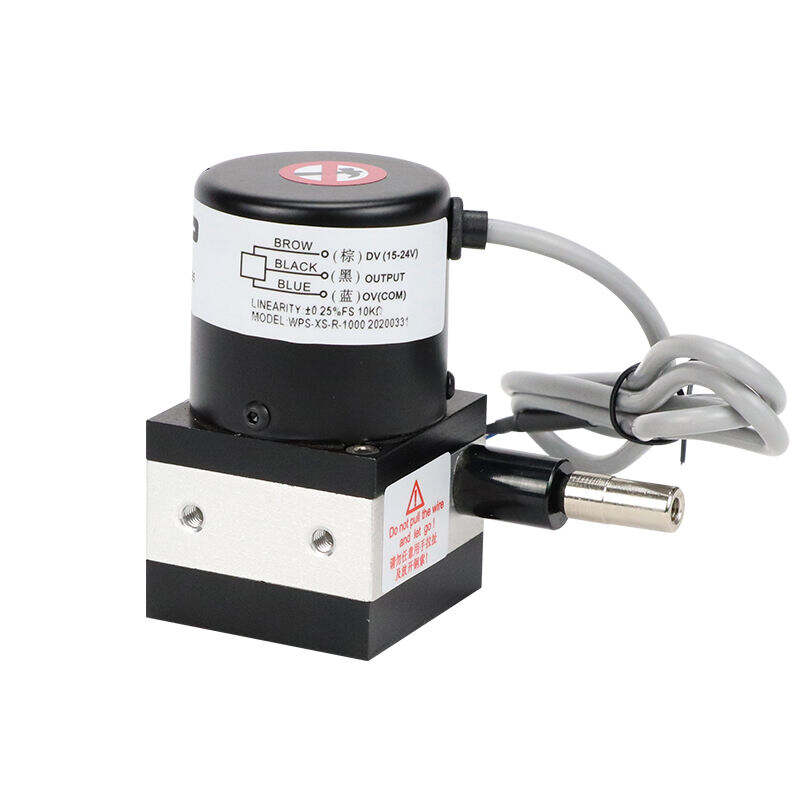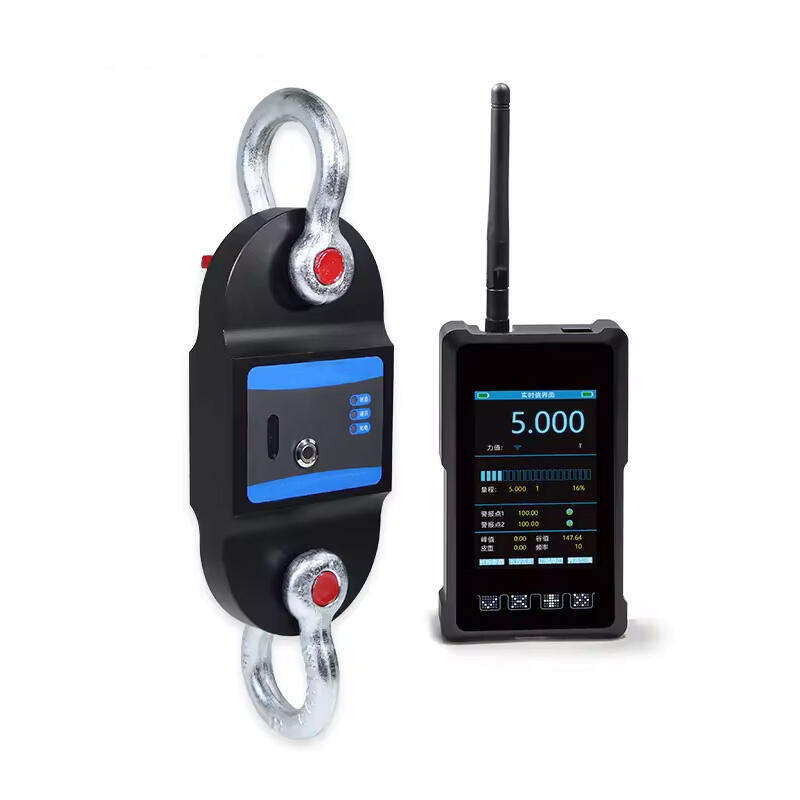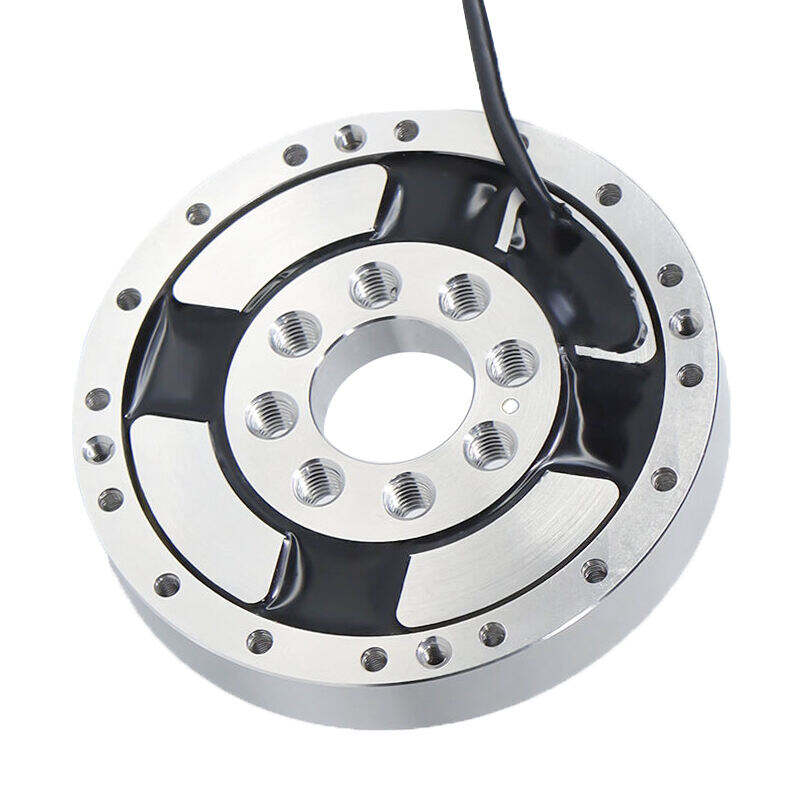Draw wire displacement sensor
A draw wire displacement sensor, also known as a string pot or cable extension transducer, is a sophisticated measuring device that precisely determines linear position and distance measurements. This versatile sensor consists of a flexible wire wound around a spring-loaded drum, combined with a rotary sensor that measures the extension and retraction of the wire. As the wire extends or retracts, the internal measuring system converts the mechanical movement into an electrical signal, providing accurate position feedback. The sensor's measuring range can vary from a few inches to several meters, making it suitable for diverse applications. The device operates on a simple yet effective principle: the wire extends from the sensor housing and attaches to the object being measured. As the object moves, the wire's movement rotates the drum, which is coupled to an encoder or potentiometer, generating an electrical output proportional to the distance traveled. Modern draw wire sensors incorporate advanced features such as digital interfaces, programmable measurement ranges, and various output options including analog, digital, and incremental signals. These sensors excel in demanding industrial environments, offering robust construction, high precision, and reliable performance even in challenging conditions.


